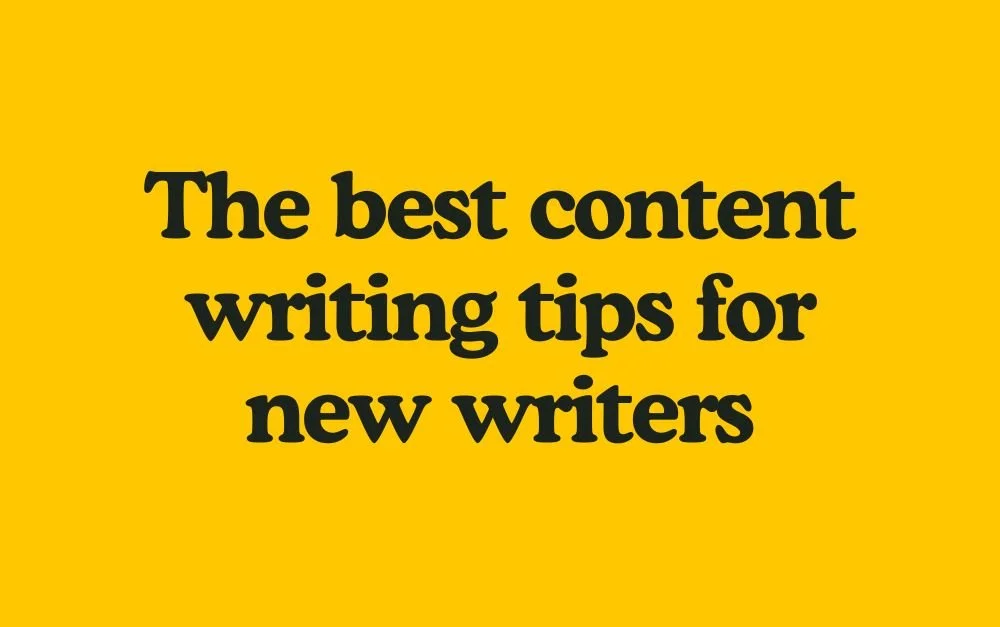How to write messages employees will read
I once took a webinar from Axios HQ on improving employee communications.
You may have heard of Axios. They’re a news outlet infamous for their pithy headlines and to-the-point articles. Their writers cut through the fluff to provide readers with just enough information to get the gist of a topic, with the option to ‘go deeper’ if they want.
In a world where 5% of readers make it to the end of an 800-word message and 80% stop reading before the bottom of the first page¹, writers must provide the most relevant information to the reader in the shortest amount of time.
¹Hook your audience: Two keys to keeping busy readers engaged
Here’s how you can apply their best practices to your writing
Start with what’s new and why it matters
This is what readers ask themselves when they start reading a company announcement or email. Provide that information upfront without making your reader dig for it.
Brevity is confidence
“I would have written a shorter letter, but I did not have the time” — Blaise Pascal²
Get your readers what they need, whilst having a realistic view of the time they dedicate to reading. If the average reader spends about 13 seconds on your email³, challenge yourself to get them what they need in 10. You’ll waste less time writing, and your audience wastes less time digging for what they need to know.
³Litmus Report: Email Read Time Increased by 21 Percent
Discipline yourself to deliver only the most worthy information
Establish trust with your reader by only containing the most relevant, need-to-know information. With trust comes readership, with readership comes information flow.
How?
Put your audience first
Before you write an executive message, newsletter, email, etc. Axios recommends thinking of a real person you know - a well-informed person at the centre of your reader base who has a sense of where the company is going. This person should have a vested interest in the company and at the organisation for a few years.
Select the details most surprising and interesting to that person
Don’t make them sift through lengthy background and context that they can easily infer, or already know. Remove familiar details and commonly known information and cut non-essential fluff. Leave only the necessary details.
Put yourself in the reader’s shoes: Would you read it?
Determine worthy information
Share new information with only the pertinent context. Updates should have a lasting impact — things that will matter tomorrow, next week, next month. Select those details that are interesting to ‘insiders’. Intrigue outsiders, or those who are newer to the company, to learn more information from colleagues, the company intranet page, etc.
Short, not shallow
It’s better to exclude something than to include something unworthy. Set and maintain a high bar for quality and don’t let familiar details creep in. As soon as the reader sees something familiar, they disengage because they assume they already know what’s coming. Don’t waste time or insult the reader’s intelligence.
Be frugal with words and don’t overshare
Adding context readers don’t need but is included ‘just in case’ fills a message with unimportant details, diluting the take-aways and key actions.
Headlines are important (or your email’s subject line)
This is the most critical part of any communication. Be as specific as possible here so readers can get the gist of what’s going on just by reading it. It should be:
Brief (10–60 characters)
Precise: Teach readers in a small space. If they only have time to read the headline, give them as much information as possible.
Conversational: Short, simple words have more energy and impact
Example 1 (provided by Axios HQ)
Before: “Update on Our Plans”
This could mean any number of things. What plan? When does it take effect?
After: “Our Remote Work Plans Through Year-End”
Explains what the message is about the applicable timeframe for the guidance.
Keep paragraphs short
Make your point as soon as possible, and keep the first paragraph short to increase scannability. The headline and introductory paragraph should work together to tell the most essential details of the message, but they should not compete.
Example 2 — provided by Axios HQ
Before: ‘We continue to closely monitor the impact of Covid-19, and we are writing today to provide an update on our plans for the rest of the year.’
This is filler and doesn’t actually spell out the changes.
After: “Given the uncertainty around us, all employees will have the option to work from home for the rest of 2021.”
If an employee only has time to read the headline and the lede, they are informed of the latest guidance.
Why it matters: Axios HQ emphasizes that this is the area where you must connect the dots for your readers. This section should answer the question “why does this matter?” to that smart, curious reader you identified earlier. The answer may be different than why it matters to you as the communicator.
If it doesn’t matter to that reader, set it aside and write something that does.
If it doesn’t matter to your reader right now, send it later with a larger update.
Other tips
Cut extra lines
Use muscular, vivid words
Use bullets for scannability
Bold for impact
Link out to provide more detail
Write like you speak
These methods are not only useful in the workplace. These techniques can be used in other types of communications as well, such as newsletters, ad copy, or blog posts. If the goal is to impart knowledge to a reader in a time-conscious way, use the tips above from Axios HQ to say more - by writing less.
=====



